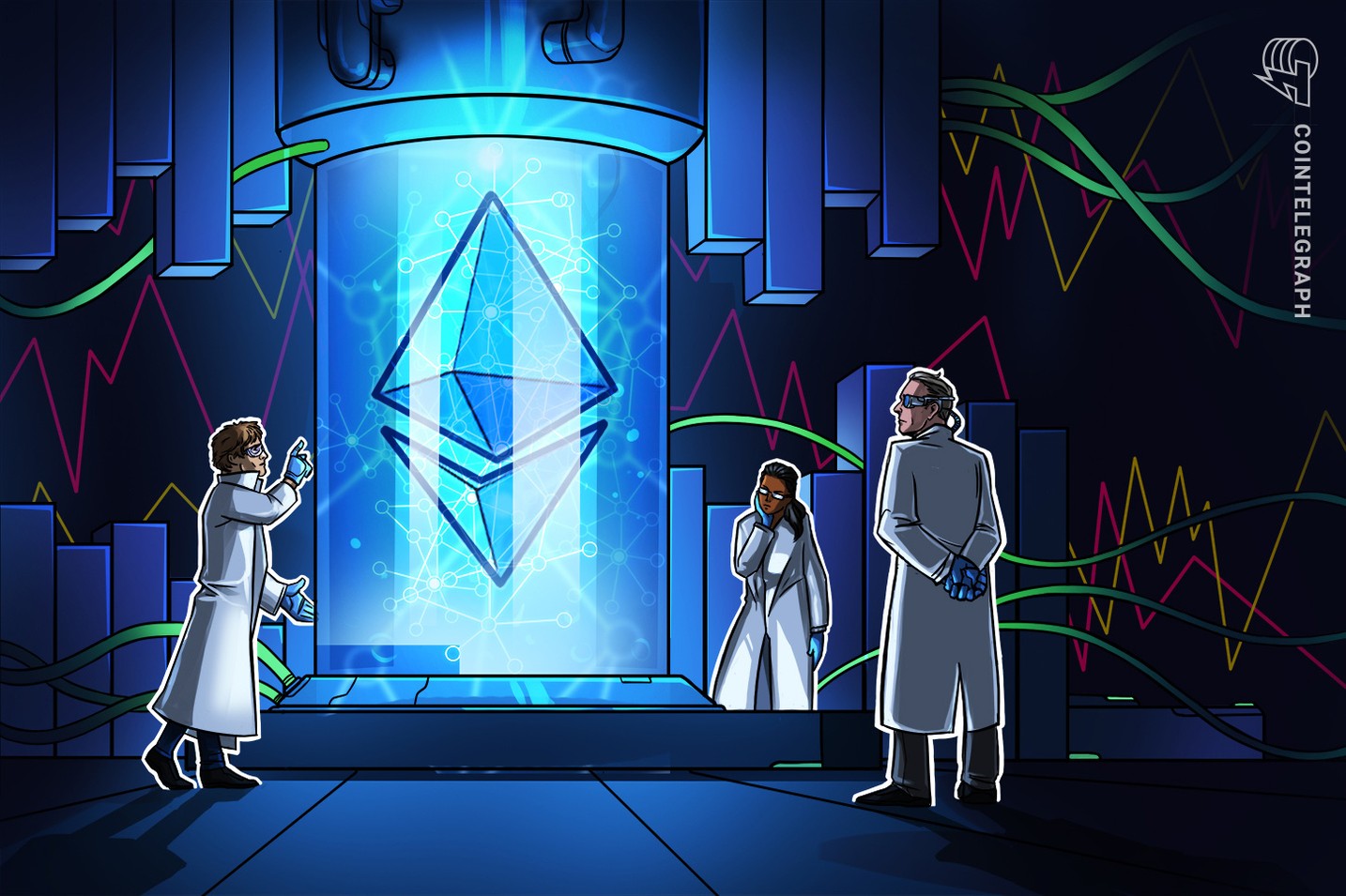Devs introduce Ethereum R1 layer-2 scaling solution
May 1, 2025
The introduction of Ethereum R1 deviates from traditional layer-2 developments that have come to characterize Ethereum’s scaling networks.

News
A group of developers within the Ethereum ecosystem, operating independently of the Ethereum Foundation, have announced Ethereum R1 — a layer-2 (L2) scaling solution for the Ethereum network that does not include a native token.
According to the announcement, the project relies entirely on donations, does not have venture funding, and does not have any pre-mined token allocations or a governance token. The project’s team wrote in a May 1 X post:
“General-purpose L2s should be commodities — simple, replaceable, and free from centralized dependencies or risky governance. Ethereum R1 is our answer to that call — the rollup grounded in credible neutrality, decentralization, and censorship resistance.”
“Most L2s today are acting more like new L1s than an Ethereum scaling solution — private allocations, opaque governance, and centralized control,” the developers continued.
The announcement points to increasing concerns within the Ethereum community regarding the current direction of many layer-2 scaling solutions, which some view as potentially misaligned with the interests of the base layer
Related: Ethereum community members propose new fee structure for the app layer
Ethereum’s Dencun upgrade in March 2024 significantly lowered fees for its layer-2 networks. By September, revenue on the Ethereum base layer collapsed by 99%.
As a result, transaction costs on the Ethereum network base layer dropped to a five-year low of roughly $0.16 per transaction in April 2025, due to a lack of demand for block space on the base layer.
Ethereum’s transaction fees are determined by demand and network traffic — higher demand and network traffic translate into higher fees for the base layer and more revenue.
While critics continue to argue that this provides perverse incentives for layer-2 networks to grow at the expense of the base layer, protocols continue to argue that Ethereum’s many layer-2 networks are a feature, not a bug.
Anurag Arjun, co-founder of the unified chain abstraction solution Avail, told Cointelegraph that Ethereum’s layer-2 approach gives users a virtually unlimited number of high-throughput chains to choose from, as opposed to the singular one-size-fits-all approach employed by monolithic blockchain protocols.
Magazine: Ethereum is destroying the competition in the $16.1T TradFi tokenization race
Search
RECENT PRESS RELEASES
Related Post




